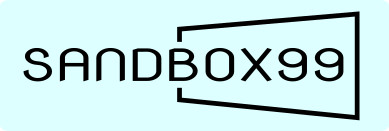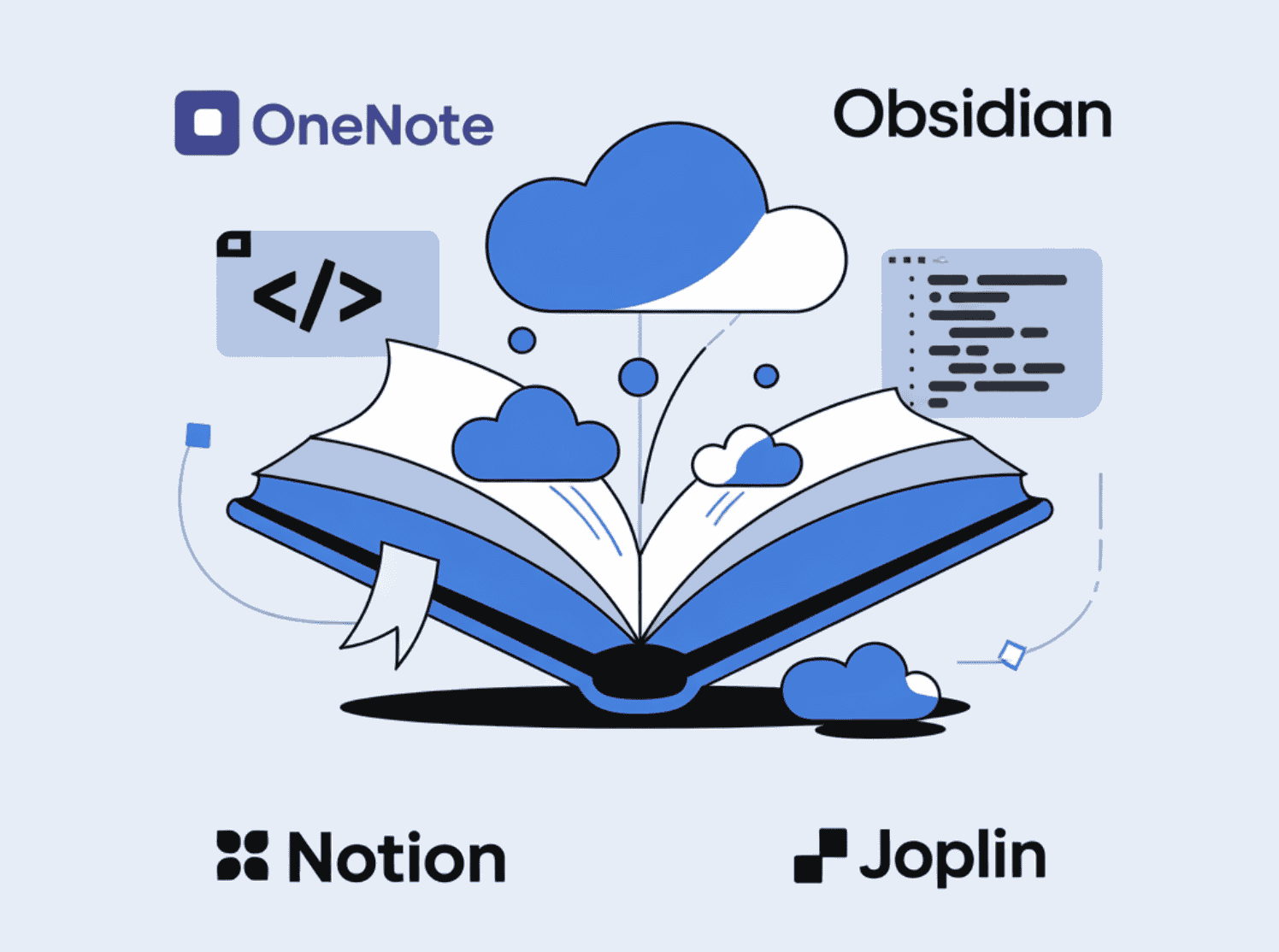🚀 Boost Your Productivity with the Right Note-Taking App! 📒
Whether you’re documenting troubleshooting steps, storing code snippets, or tracking projects, choosing the right note-taking app can transform your workflow.
In my latest blog post, I compare popular note-taking apps like Notion, Obsidian, Joplin, Standard Notes, and OneNote — helping you decide which one best fits your needs as an IT professional.
📌 Key Highlights:
- Use cases for IT pros
- Pros and cons of each app
- Cheatsheets vs. Note-taking apps
- Expert tips for effective note-taking
Ready to take control of your notes and streamline your knowledge management?
📒 Introduction
Note-taking apps have become an essential tool for IT professionals. Whether you’re managing complex projects, troubleshooting errors, or studying for certifications, the right app can streamline your workflow. In the fast-paced world of technology, keeping organized notes is a game-changer. Continuous learning is part of the IT journey, and a robust note-taking system ensures you retain and apply knowledge effectively.
🛠️ Types of Note-Taking Apps
- Offline vs. Online: Offline apps work without internet access, while online apps offer seamless synchronization across devices.
- Open-Source vs. Proprietary: Open-source apps like Joplin provide transparency and customizability. Proprietary solutions like Notion offer polished experiences with premium features.
- Free vs. Paid: Free apps often cover the basics, while paid options offer advanced collaboration, storage, and integrations.
- Cloud-Based vs. Self-Hosted: Cloud-based apps like Evernote sync data easily, while self-hosted options provide greater data control.
🧑🔬 Criteria for Selecting a Note-Taking App
- 🔒 Security and Encryption: Ensure sensitive data is protected with end-to-end encryption.
- 📱 Cross-Platform Support: Choose an app that syncs across desktop, mobile, and web.
- 🎯 Ease of Use: A clean UI enhances productivity.
- 🧑🤝🧑 Collaboration: If you work in teams, prioritize apps with sharing and real-time editing.
- 💾 Backup Options: Regular backups prevent data loss.
📊 Comparison Table
| Feature | Notion | Obsidian | Joplin | Standard Notes | OneNote |
|---|---|---|---|---|---|
| Offline Access | No | Yes | Yes | Yes | Yes |
| Encryption | No | Yes (Add-on) | Yes | Yes | No |
| Open Source | No | Yes | Yes | Yes | No |
| Collaboration | Yes | No | Limited | No | Yes |
| Free Version | Yes | Yes | Yes | Yes | Yes |
| Platform Support | Web, Mobile, Desktop (Windows, MacOS) | Desktop (Windows, Linux, MacOS) | Desktop, (Windows, Linux, MacOS) Mobile | Desktop, (Windows, Linux, MacOS) Mobile | Windows, Mac, iOS, Android |
🧑💼 Key Takeaways
- For Offline Usage: Choose Obsidian or Joplin.
- For Privacy: Go with Standard Notes or Joplin due to strong encryption.
- For Open-Source Lovers: Joplin and Obsidian are excellent choices.
- For Collaboration: Opt for Notion or OneNote.
- For Windows Users: OneNote integrates seamlessly with Microsoft Office.
- For Cross-Platform Users: Joplin, Obsidian, and Joplin are the best options.
🔗 Integrations and Ecosystem
- Notion: Integrates with Slack, Jira, GitHub, and third-party automation tools. Ideal for project management workflows.
- Obsidian: Supports a variety of plugins, making it a flexible choice for knowledge management.
- Joplin: Offers integrations with Nextcloud and Dropbox, ideal for self-hosted environments.
- Standard Notes: Focuses on secure storage with encrypted backups to cloud services.
- OneNote: Seamless integration with Microsoft Office Suite, making it the best choice for Windows users.
💡 Use Cases for IT Professionals
- 🛎 Troubleshooting Logs: Document error messages, solutions, and diagnostics for future reference.
- 🧑💻 Code Snippets: Save and organize reusable code blocks or CLI commands.
- 📅 Project Management: Track tasks, deadlines, and project progress.
- 📚 Study Notes: Prepare notes for certifications or keep documentation for personal growth.
- 🛡 Incident Management: Record incident reports, response steps, and outcomes for ITSM compliance.
🧾 Cheatsheet vs. Note-Taking Apps
- Cheatsheet: A concise, quick-reference document typically containing essential commands or shortcuts.
- ✅ Ideal for frequently used commands
- ❗ Limited for complex documentation
- Note-Taking App: Offers in-depth documentation with multimedia support.
- ✅ Great for detailed guides and knowledge bases
- ❗ Can become cluttered without proper organization
Pro Tip: Combine both! Maintain cheatsheets within a note-taking app for quick access.
📝 Tips for Effective Note-Taking
- 🏷️ Use Tags and Folders: Organize notes using clear categories.
- 🔍 Leverage Search: Select apps with powerful search functions.
- 📌 Create Templates: Speed up repetitive tasks with note templates.
- 🖋️ Use Markdown: Many apps support markdown for clean formatting.
- 📅 Review Periodically: Regularly clean up and update your notes.
⚖️ The DO’s and DON’Ts in Note-Taking
✅ DO’s
- Organize using folders, tags, or notebooks.
- Keep backups of important notes.
- Use encryption for sensitive data.
- Make notes searchable and easily accessible.
🚫 DON’Ts
- Avoid storing passwords directly.
- Don’t neglect regular clean-ups.
- Avoid creating excessively large, unstructured notes.
- Don’t rely solely on free apps for critical data without backups.
🏁 Final Thoughts
Choosing the right note-taking app depends on your personal and professional needs. For IT professionals, note-taking isn’t just a habit; it’s an essential practice that enhances productivity, streamlines troubleshooting, and ensures knowledge retention. Evaluate your workflow, try out different apps, and build a system that works best for you.
Happy note-taking! 🚀

